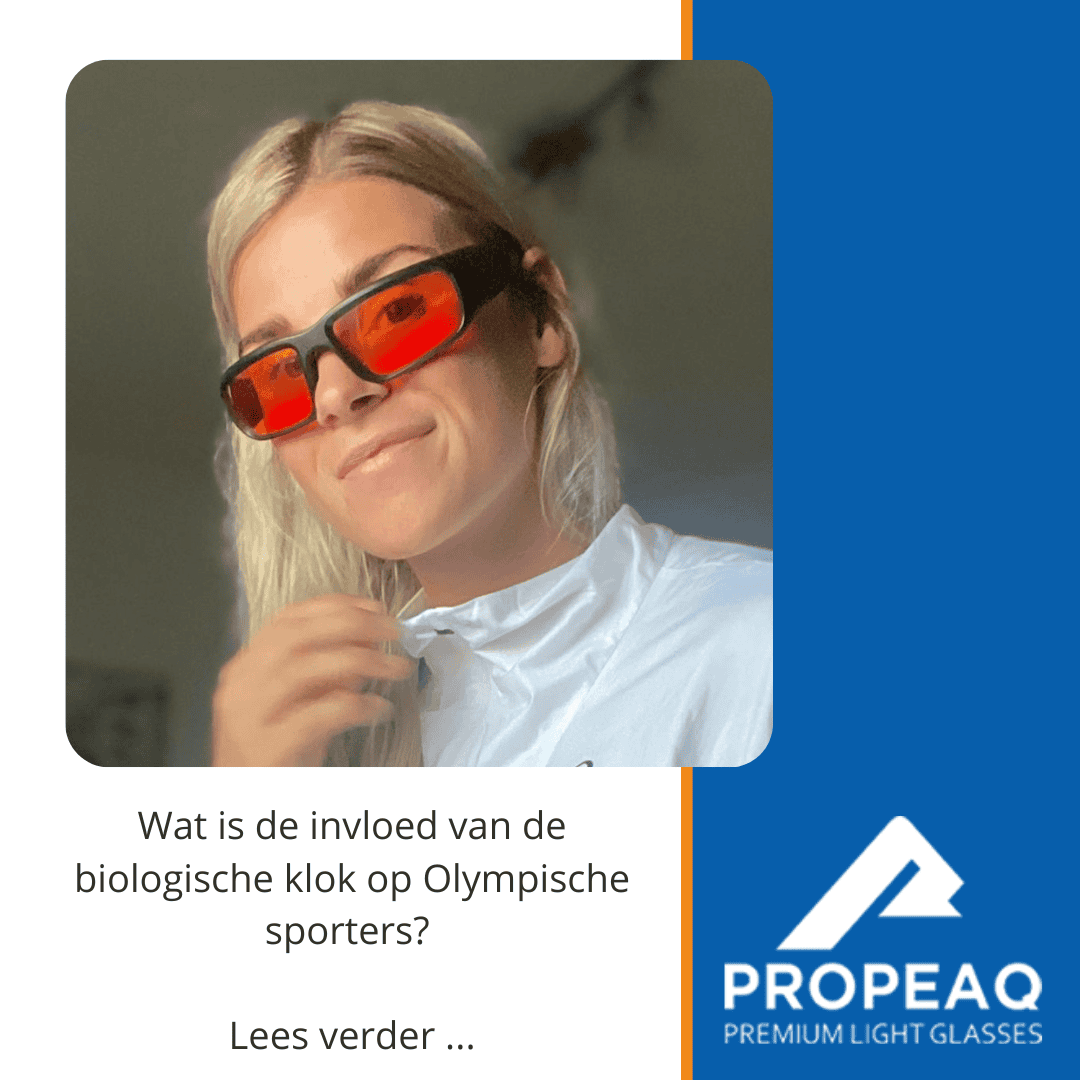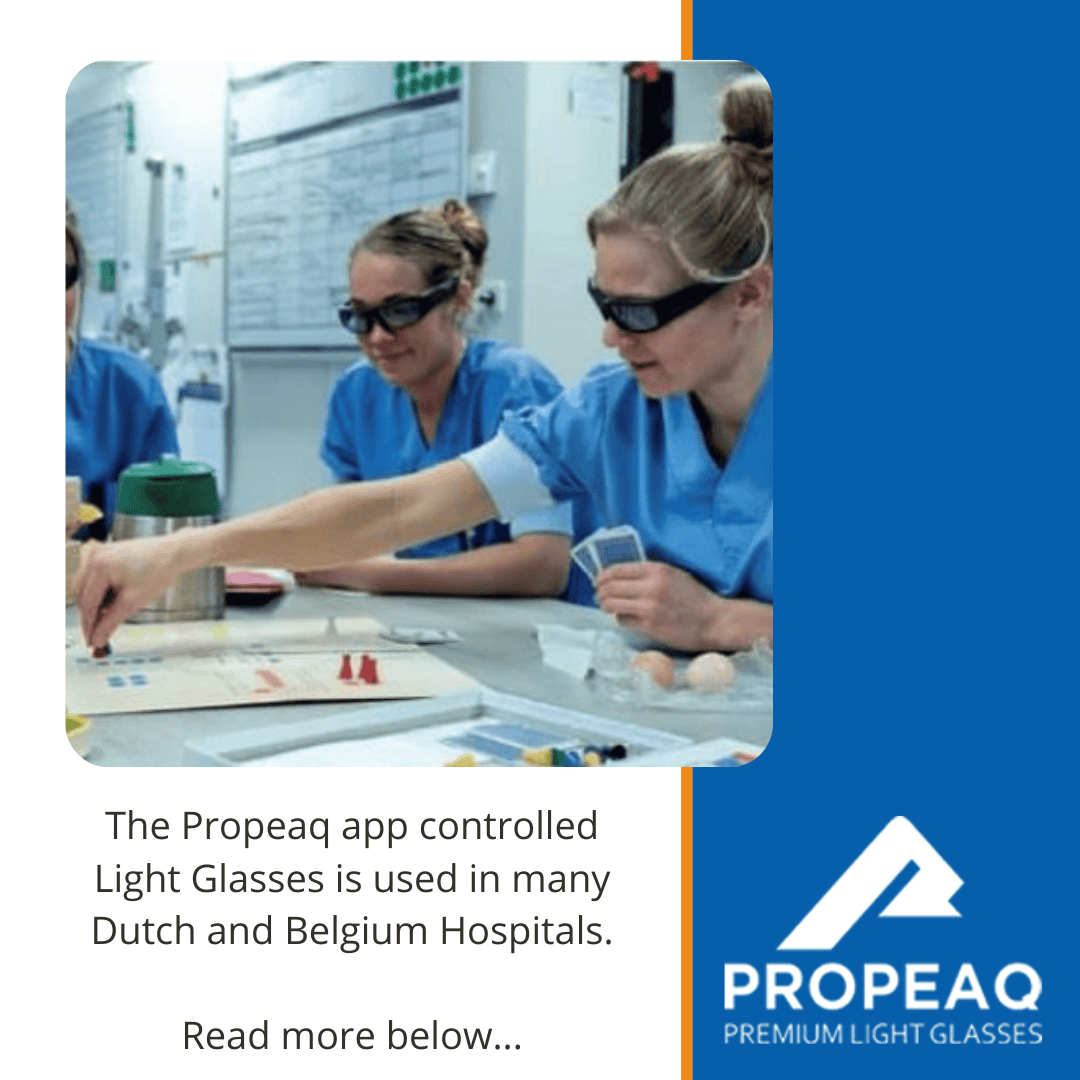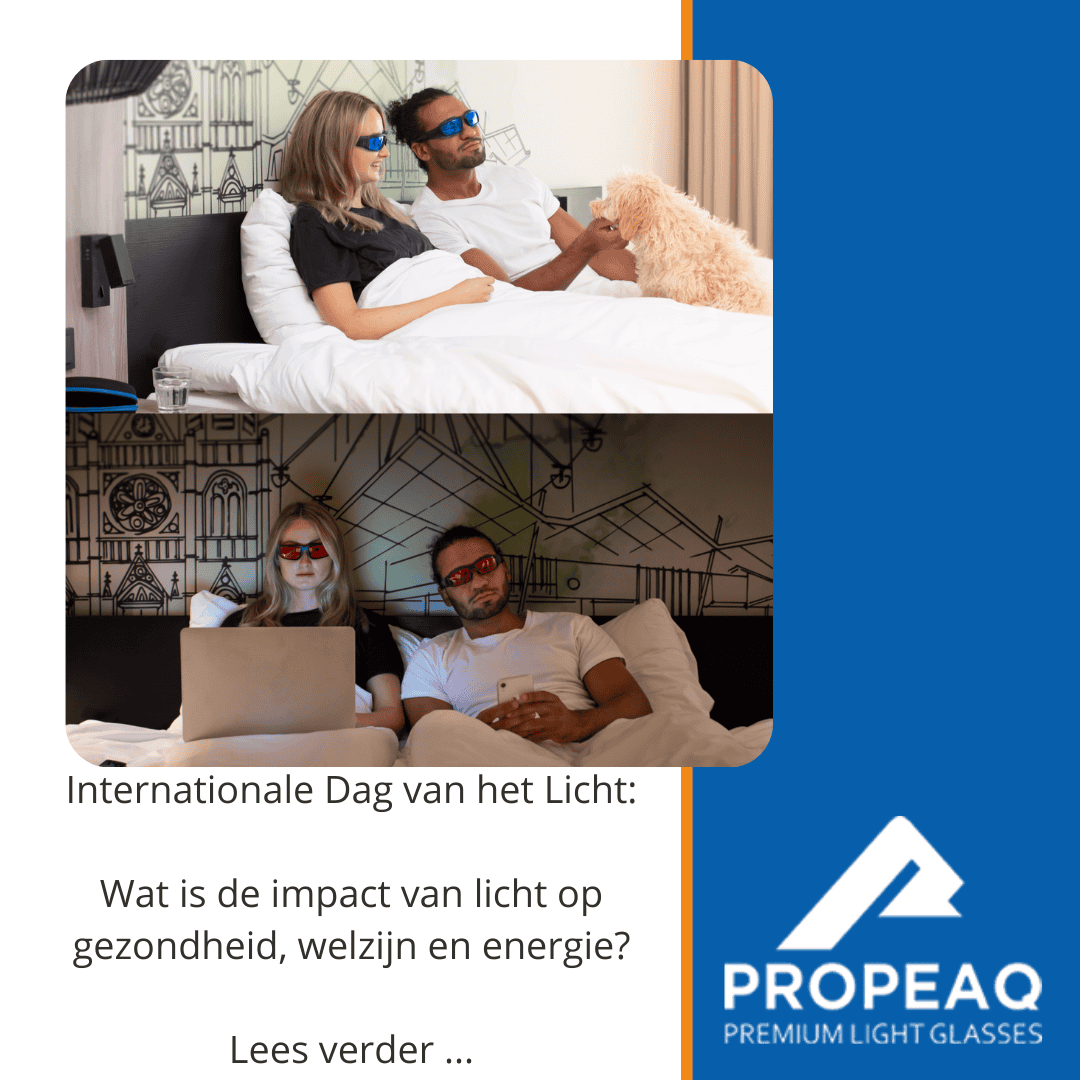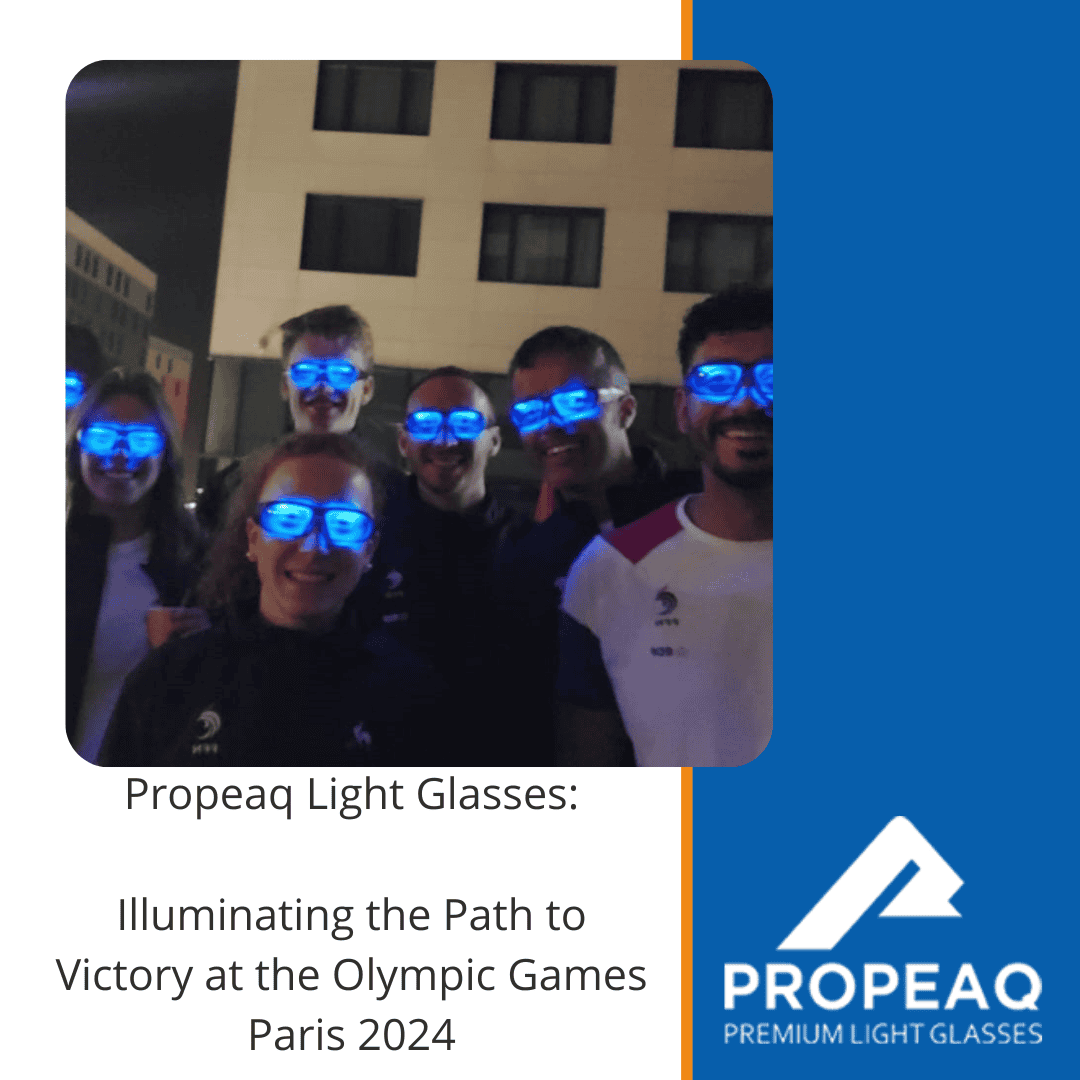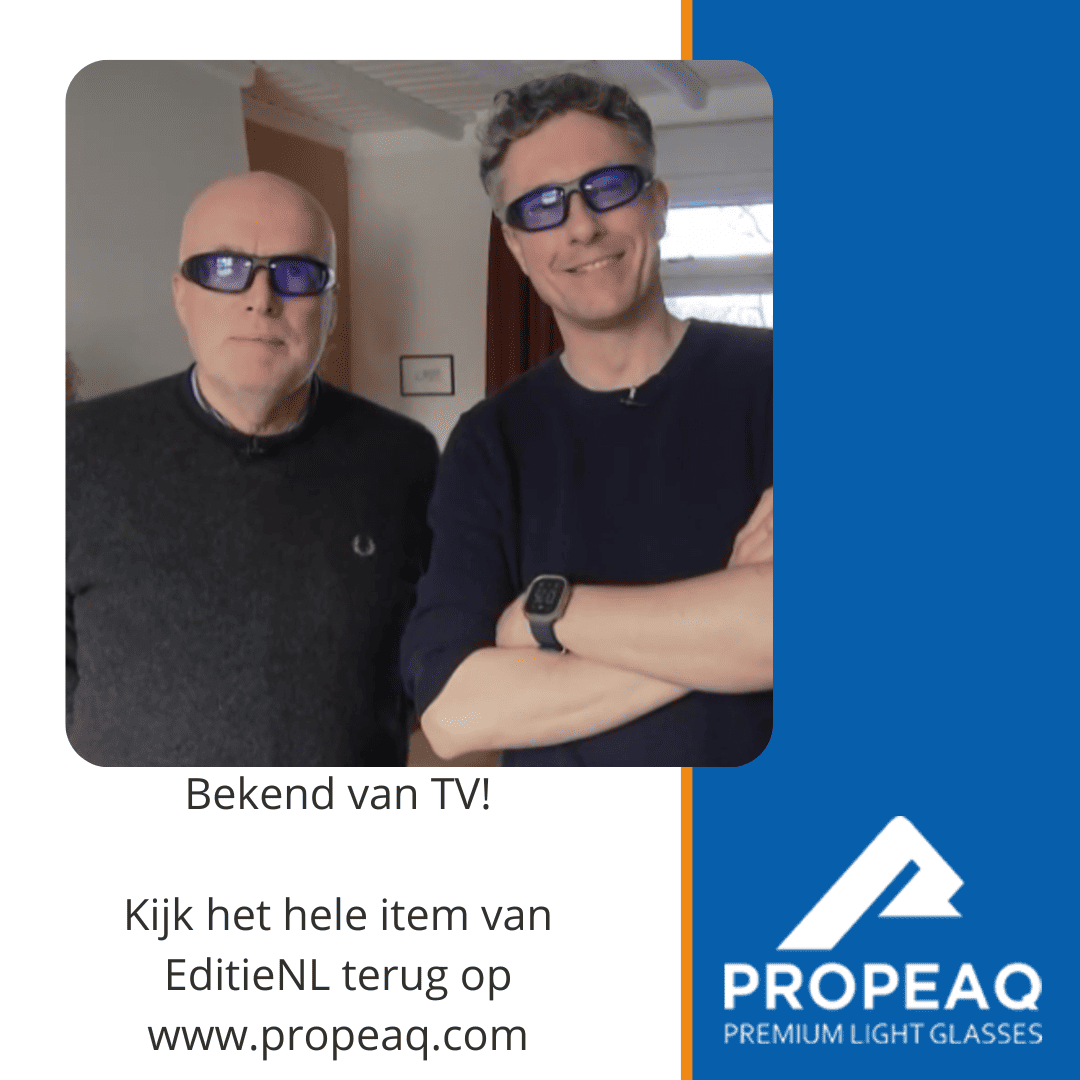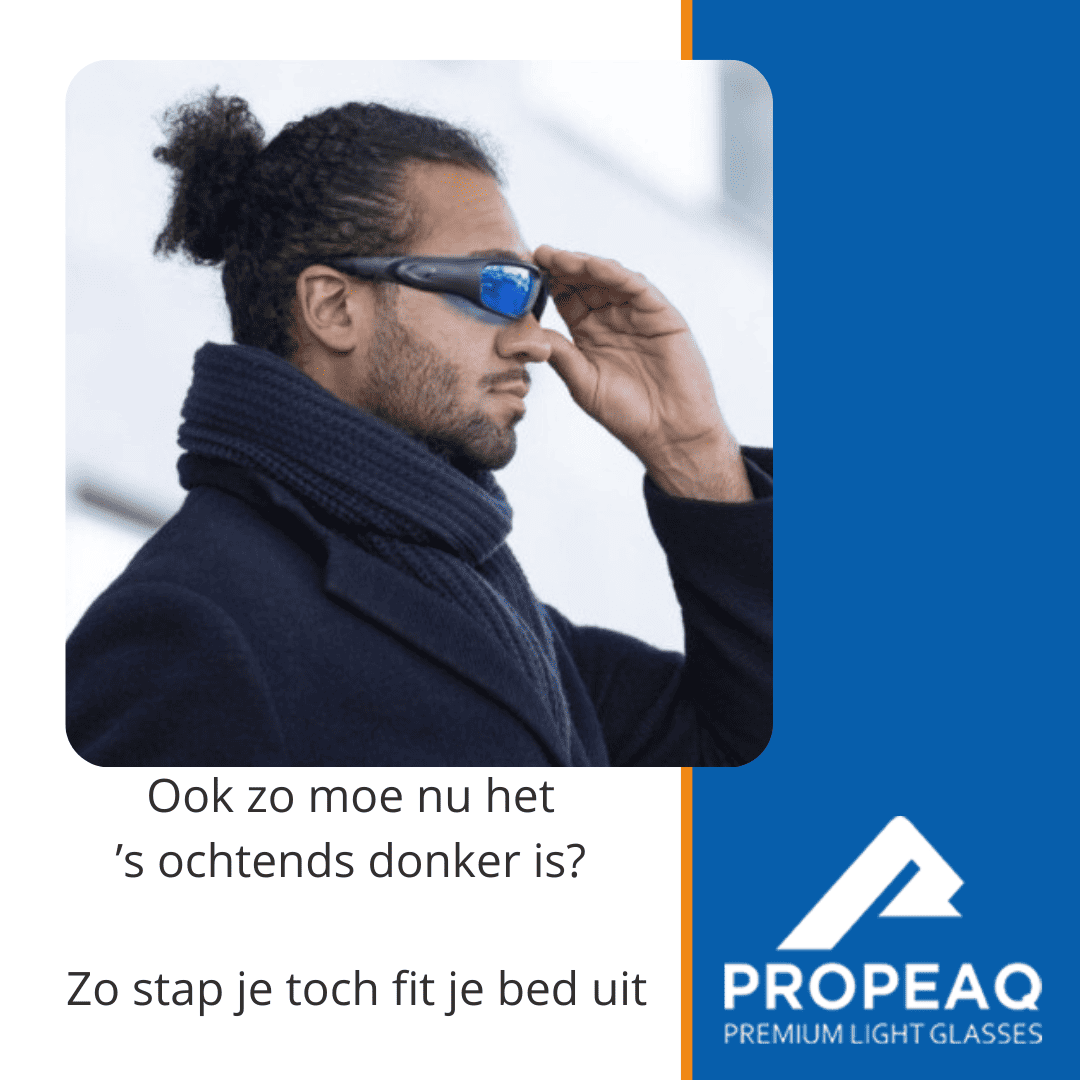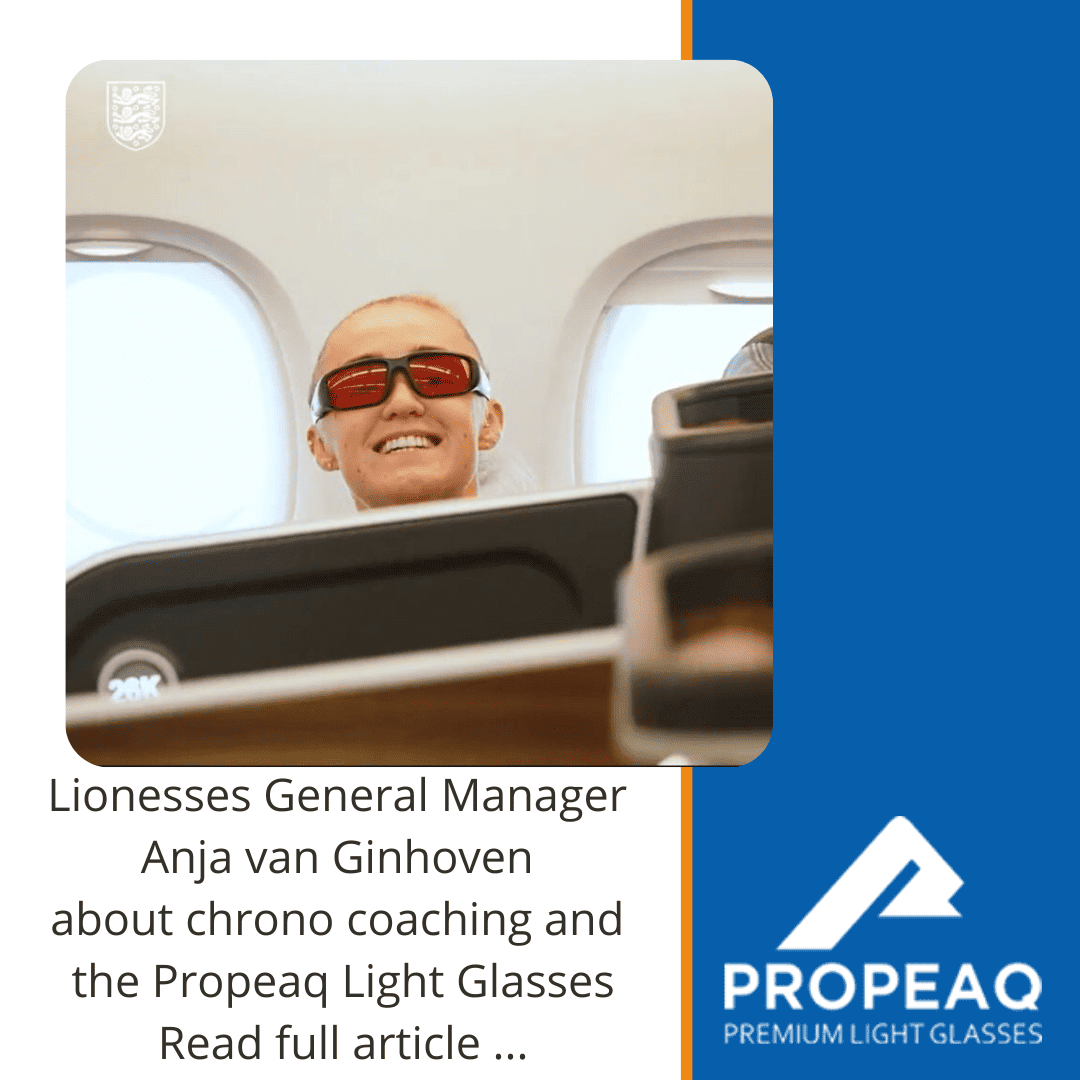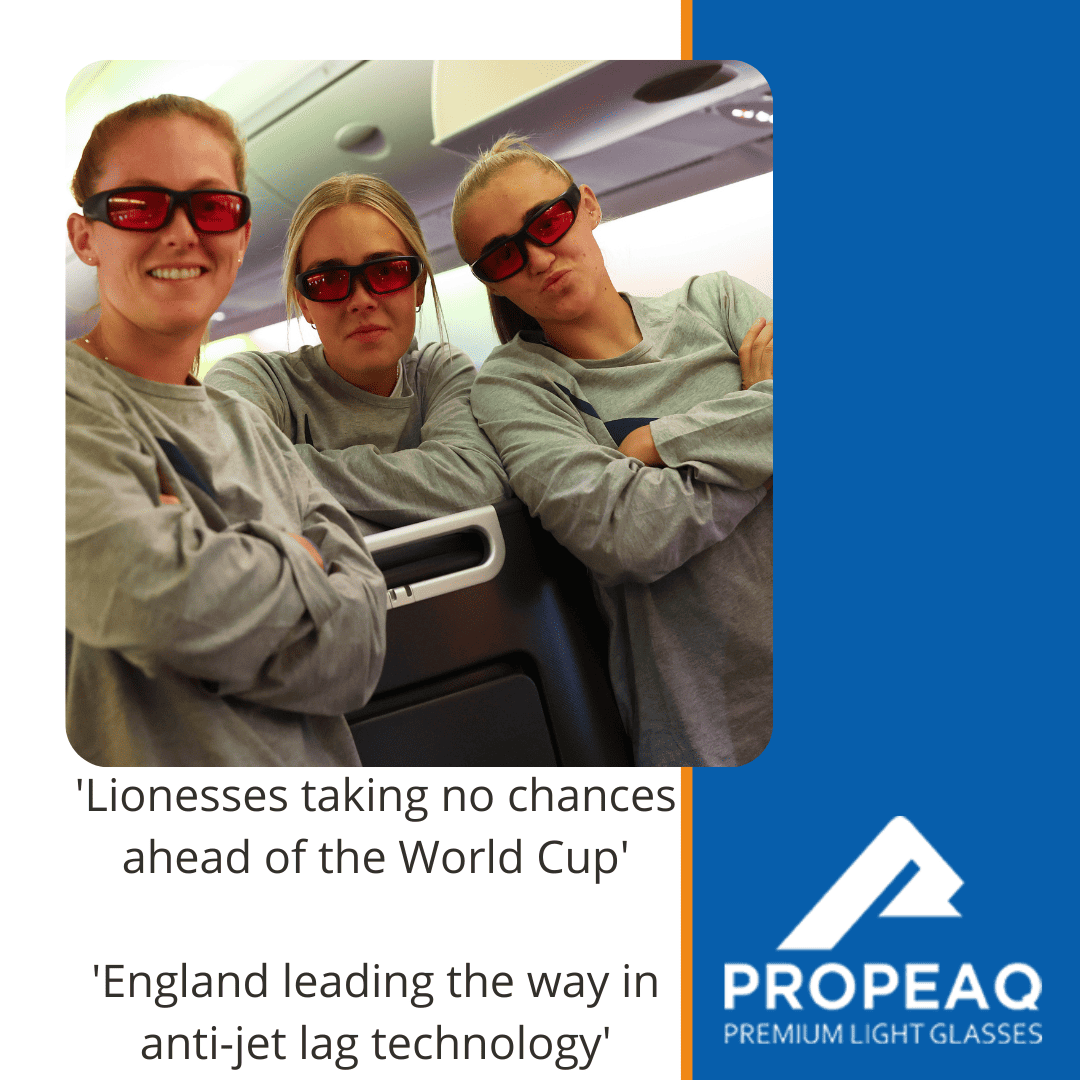There is quite a bit of controversy about blue light. In the past, we have paid attention to this in a previous article. The fact is and remains that we need blue light in our lives. After all, we have been waking up when the sun comes up and going to sleep when it gets dark since prehistoric times .
Waking up and going to sleep is greatly influenced by the amount of light our eyes absorb. The blue spectrum of daylight, 460-480 nanometers to be exact. The blue light ensures that the production of cortisol in the morning is enhanced and the production of the night hormone melatonin is inhibited in the evening and at night. The energy hormone cortisol gives our body a signal that starts and that the day begins. For example, in the morning we get hungry and often have to go to the toilet.
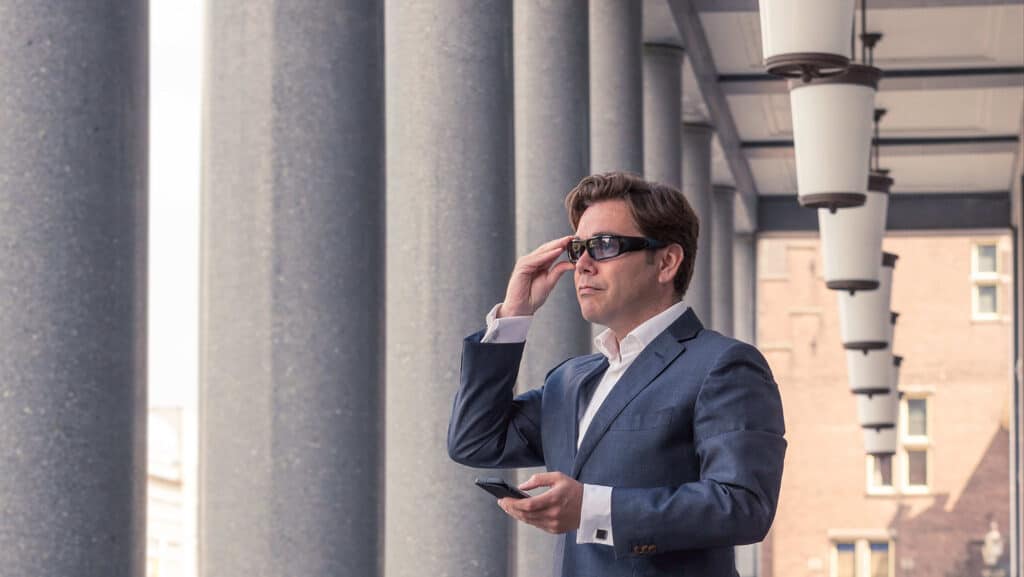
Protect your eyes (or not?)
A recent article in Algemeen Dagblad suggested that we should protect our eyes at all times and that we should always walk outside with sunglasses.
In the article entitled: Why you should always wear sunglasses: ‘Whether it’s cloudy or a hot summer day, protect your eyes’ in the Algemeen Dagblad of Tuesday 6 July 2021 (Angela Poll) blue light from a screen and LED lighting equivalent to UV light. This is incorrect.
The blue light from screens and LED lighting is not harmful under normal use because there is no photochemical reaction in the retina as is the case with UV light. In fact, people need blue light from the sun especially in the morning to get going.
The blue part of the sunlight has a stimulating effect on the production of the energy hormone cortisol and thus inhibits the production of the nighttime hormone melatonin. However, blue light in the evening can disrupt the sleep-wake rhythm. Difficult if you want to sleep, but useful if you have a night shift or to reduce jet lag during intercontinental travel west. So protect your eyes if the sun is too bright, but try to get enough daylight in the morning to support the sleep/wake rhythm.


